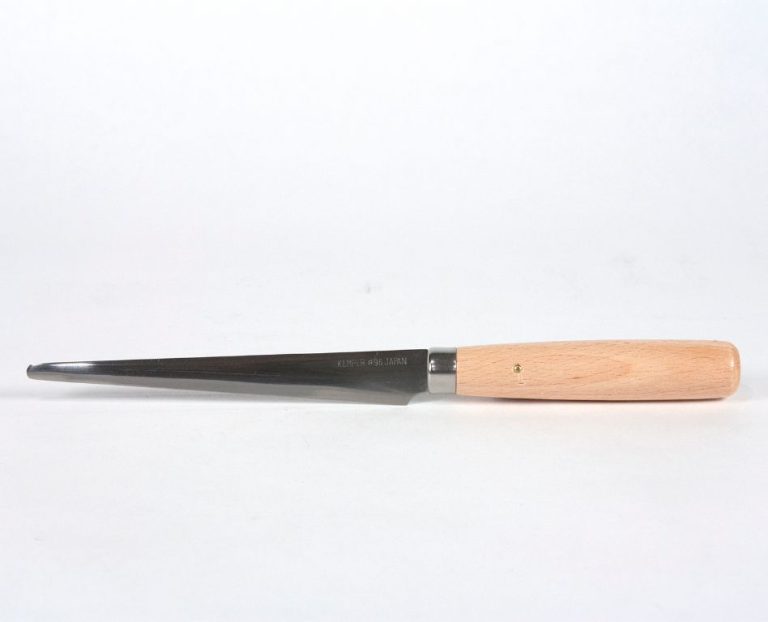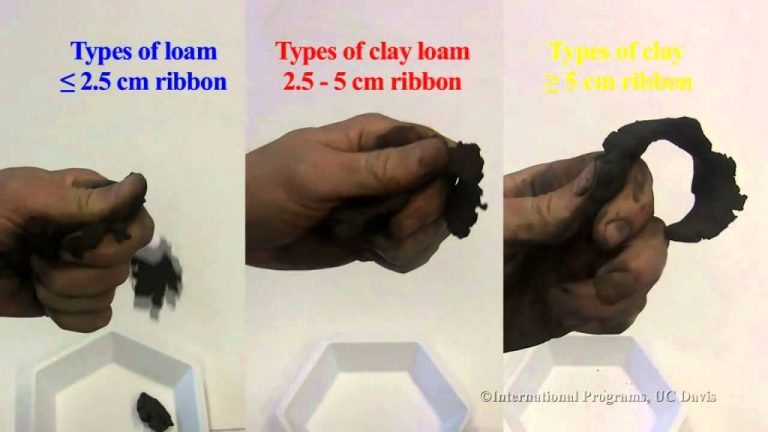Which Clay Technique Was Used To Create The Greek Vase?
Greek pottery and vase-making has a long and rich history spanning thousands of years. Some of the earliest examples date back to the Neolithic period around 6,000 BCE. Over time, Greek potters developed new techniques and styles that allowed them to create increasingly complex and beautiful vessels.
By the 8th century BCE, pottery wheel technology enabled thinner walls and more refined shapes. Distinct regional styles emerged, including Proto-Geometric, Geometric, Black Figure, Red Figure, and White Ground techniques. Master artisans perfected these styles during the Archaic, Classical, and Hellenistic periods.
The vase in question demonstrates mastery of one of these ancient Greek pottery techniques. By examining its shape, design elements, and painted decoration, we can identify the specific method used to create this artifact. This provides insight into the artistry and innovations of Greek potters during the 8th to 3rd centuries BCE, a high point for vase and pottery production in ancient Greece.
Geometric Style
The Geometric style of Greek vase painting flourished from 900-700 BCE during the Greek Geometric period. This earliest style of Greek vase decoration consisted primarily of simple shapes and geometric patterns like circles, triangles, zigzags, and meanders painted in dark slip on a light ground.
Geometric vases were typically shaped as amphorae, kraters, hydriae, and other vessel forms. The body of the vase was often decorated with bold linear patterns, while concentric circles and semicircles were used to decorate the rim and handles. Common motifs included zigzagging lines, meanders, triangles, swastikas, and abstract animal forms like horses and birds.
A key feature of Geometric vases is the dominance of abstract geometric designs rather than human figures. When human forms did appear, they were highly stylized stick figures without detail. Geometric artists focused on creating balanced, orderly compositions with repeating patterns.
Black-Figure Technique
The black-figure pottery style was a popular technique used in ancient Greek vase painting between the 7th and 5th centuries BCE. This style is characterized by silhouetted figures painted onto the clay surface of the vase with a glossy black pigment made from iron oxide. The background of the vase was covered with a red pigment made from iron oxide clay slip.
To create black-figure pottery, the potter first shaped the clay vase and allowed it to partially dry. Next, the vase was covered in a thin layer of black glossy paint and allowed to dry further. The pottery painter then incized outlines and interior details into the black background using a sharp tool. This revealed the natural orange-red color of the clay underneath. Some additional details were also painted on using purple, white, and coral red pigments.
Common designs and subjects depicted on black-figure vases included mythological scenes, everyday life, warriors, horses, athletes, gods, and geometric patterns. A thin purple line known as theialias was often painted around the silhouette figures to define their edges against the black background. Artists favored this style to showcase dynamic figures and compositions.
Red-Figure Technique
The red-figure technique is a style of Greek vase-painting that emerged around 530 BC. Unlike earlier black-figure pottery, where figures were painted black on the natural orange-red color of the clay, in red-figure the background was painted black and the figures were left in the natural color of the clay. Details and outlines were incised into the clay before firing, which allowed for greater precision and detail than in black-figure vases.
To create a red-figure vase, the potter would first shape the vase on a wheel and allow it to partially dry before passing it to the painter. The painter would apply a thin slip of clay and water to the surface as a ground for the black background. Using a sharp tool, the painter would then incise the outlines of figures and details into the clay. The areas inside the outlines would remain the color of the clay. Next, internal details could be painted on. After firing, the figures would appear orange-red with black backgrounds. Thin dilute paints allowed for subtle shading and great skill in depicting anatomy and folds of clothing.
Common subjects of red-figure vases were scenes from Greek mythology, symposiums, athletics, and daily life. The red-figure style allowed for more dynamic, naturalistic poses. Worship, warfare, and hunting were also popular themes. The refined red-figure technique conveyed greater vitality and realism than its predecessor black-figure style.
White-Ground Technique
The white-ground technique was another popular method for decorating Greek vases. As the name suggests, this style involved covering the entire vase with a white slip before adding decorative images and designs. The white background created a striking contrast with the vivid red or brown clay of the vase body underneath.
To create a white-ground vase, potters would first shape the clay vessel on a wheel. Next, they would coat the vase with a fine white slip made from clay mixed with chalk or lime. This would fully cover the natural reddish color of the clay. After the slip dried, artists could incise designs directly into the white ground or paint on top of it with slip or glazes.
Common motifs included figural scenes from Greek mythology, funerary images, and abstract patterns. The white-ground style allowed for fine details and intricate designs. Subjects were often outlined or drawn in silhouette, with internal details then added. As the technique evolved, artists experimented with elaborate motifs, complex compositions, and ornate decoration.
White-ground vases were produced primarily between 550-450 BCE. Centers of production included Athens and other locations across Greece. The elegant white-ground style was frequently used for lekythoi, pyxides, and other vessel shapes. It provided a light, bright surface for fine decoration.
Relief and Plastic Techniques
While the most renowned ancient Greek ceramic work consists of painted vases, some potters also worked with relief and plastic techniques. Reliefs involved shaping the clay surface into designs that protruded slightly from the background. Reliefs could be made by pressing soft clay into molds or hand-sculpting directly on the vase.
A common relief technique was the black-figure frieze design on the upper shoulder of an amphora. Depictions of human and animal figures were shaped into the clay before firing. This created a raised texture for the figures against the smooth black background.
Potters also made plastic vases constructed entirely in the round with detailed figural scenes rather than just surface decoration. The most common were squat lekythoi vessels for perfume oils. These were molded by hand and depicted figures like maidens, warriors, or deities in miniaturized form covering the entire vase surface.
Small terracotta figurines were another plastic technique where potters sculpted little statues of gods, heroes, animals and other subjects. These were often votive offerings placed in tombs and temples. Figurines provided a means to mass produce miniature models that allowed a personal connection with figures of worship.
Painted Vases
Greek painted vases evolved over centuries, with new styles and techniques emerging in different eras. The earliest painted pottery used geometric patterns, while later periods saw intricate figurative scenes painted on vases. Painted decoration revolutionized ceramic art in ancient Greece.
The most popular techniques involved painting the clay vases before firing. Artists used brushes to apply slip, a diluted clay mixture, onto the surface as decoration. Firing fixed the colors permanently. Different clays produced different base colors, including black, red, and white.
Painting enabled more elaborate designs. Geometric patterns evolved into complex scenes with human and animal figures. The figures initially appeared in silhouette but later included fine interior details. Vase painting provided some of the best-preserved examples of ancient Greek artistry and culture.
Identifying the Vase Technique
In order to determine which technique was used to create a particular ancient Greek vase, it is important to conduct a thorough visual examination of the vase in question. There are a few key characteristics that can help identify the technique that was utilized.
For black-figure vases, the figures will appear silhouetted in black against the bare terra cotta clay of the vase itself. The details are then incised into the black figures and colored reservces are used for contrast, often in red or white. The background of black-figure vases tends to be decorated with geometric or floral motifs.
On the other hand, red-figure vases are the inverse of black-figure. The figures themselves are left in the red or orange color of the terra cotta clay. The details are then painted on using a black glossy slip. The background is covered in black, providing contrast to the iconic red figures at the center.
For vases utilizing the white-ground technique, the background is covered in a white slip rather than black. Figures are then painted on top of this white background using colored slips and glosses. This allows for a lighter, more delicate aesthetic.
By carefully examining the colors, materials, and figural style, experts can determine which clay technique was used to create a Greek vase based on its distinguishing characteristics. This provides insight into its origins and place within the evolution of ancient Greek ceramic arts.
Significance and Legacy
Greek vases crafted using the ancient pottery techniques like black-figure and red-figure have immense cultural significance. The detailed and intricate paintings on these vases provide a fascinating glimpse into ancient Greek mythology, culture, arts, and everyday life. Historians rely heavily on these painted vases to study the Greece of antiquity.
These masterful pottery techniques perfected by ancient Greek artisans went on to influence generations of pottery makers. The black-figure and red-figure painting techniques continued to be used on Greek pottery and ceramics for several centuries. Ancient Roman potters were also remarkably influenced by the exquisite vases of the Greeks. They adopted and further developed the red-figure technique to create their own elaborate mosaic-like designs. The legacy of ancient Greek vase painting techniques can even be seen in Renaissance majolica and Iznik wares.
Conclusion
Greek vases produced in antiquity showcase an incredible array of artistic techniques that evolved over centuries. The earliest Greek vases were built by hand using geometric shapes and patterns. Later, two popular techniques emerged – black-figure and red-figure, where the figures were painted on the clay before firing. Black-figure vases had black silhouettes drawn on the reddish clay, while red-figure vases had the background painted black and the figures left in the original clay color. Other innovations included white-ground and relief techniques.
Examining the color palette, subject matter, level of detail, and shape of the vase provides clues about the likely technique used. For example, intricately drawn interior images suggest red-figure, while repetitive geometric shapes imply an earlier style. Careful observation of the materials, decorative motifs, and artistic style help identify when and how a vase was produced.
The development of vase painting represents a flowering of Greek culture and artisanal skill. Master artisans pushed the limits of clay work, pioneering new methods of decoration and figurative representation. Their innovative techniques influenced generations of artists and left behind a treasured legacy still appreciated today. The ancient Greek vases provide a vibrant window into the past, showcasing both the artistry and mythology of their times.


